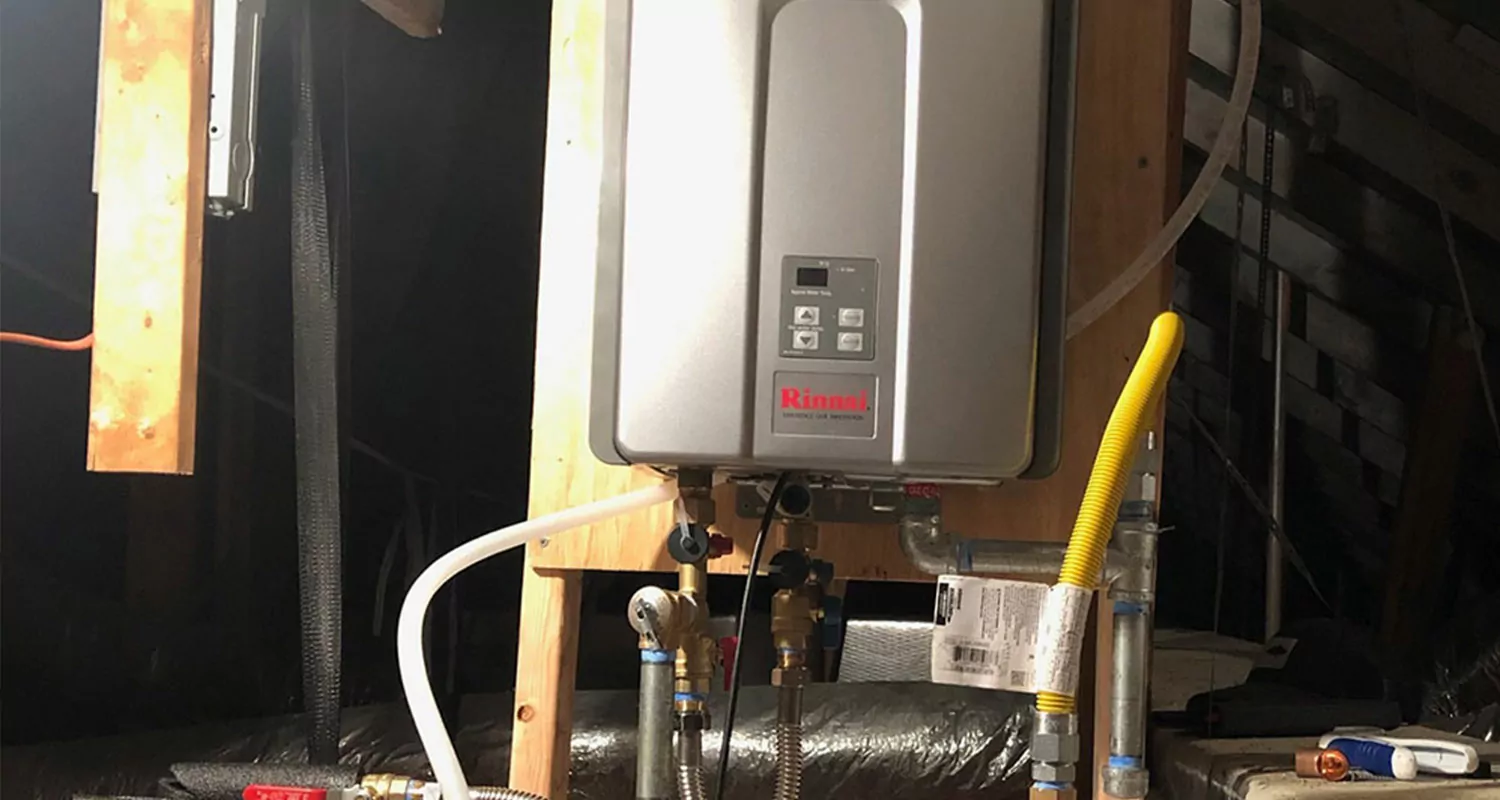Efficient Techniques for Caring for Your Home's Hot Water SystemMaking Sure Durability of Your Home's Hot Water System: Maintenance Tips
Efficient Techniques for Caring for Your Home's Hot Water SystemMaking Sure Durability of Your Home's Hot Water System: Maintenance Tips
Blog Article
They are making several great pointers about Tips on Maintaining a Water Heater overall in the content directly below.

Warm water is vital for daily convenience, whether it's for a rejuvenating shower or cleaning meals. To ensure your hot water system runs efficiently and lasts much longer, routine maintenance is vital. This post provides sensible tips and understandings on exactly how to keep your home's warm water system to avoid disturbances and pricey repair services.
Intro
Maintaining your home's warm water system could seem daunting, yet with a few straightforward steps, you can guarantee it operates smoothly for several years to come. This overview covers everything from understanding your hot water system to do it yourself upkeep tips and understanding when to call specialist aid.
Importance of Preserving Your Warm Water System
Regular maintenance not only prolongs the life-span of your hot water system yet also ensures it runs successfully. Neglecting maintenance can result in reduced performance, greater power bills, and also premature failure of the system.
Signs Your Hot Water System Demands Maintenance
Understanding when your warm water system requires interest can stop significant problems. Look out for signs such as irregular water temperature level, odd sounds from the heating unit, or rustic water.
Purging the Hot Water Heater
Flushing your hot water heater gets rid of debris accumulation, boosting performance and lengthening its life.
Monitoring and Replacing Anode Rods
Anode rods protect against rust inside the container. Examining and changing them when broken is important.
Complex Problems Requiring Professional Aid
Examples consist of significant leakages, electrical troubles, or if your water heater is consistently underperforming.
Routine Specialist Maintenance Conveniences
Expert upkeep can include detailed assessments, tune-ups, and ensuring compliance with safety and security standards.
Examining and Adjusting Temperature Level Settings
Changing the temperature setups ensures ideal performance and safety and security.
DIY Tips for Maintenance
You can carry out several maintenance tasks on your own to maintain your warm water system in leading problem.
Looking for Leaks
Frequently check pipes and links for leaks, as these can lead to water damage and greater bills.
Comprehending Your Warm Water System
Prior to diving into maintenance tasks, it's practical to recognize the fundamental parts of your hot water system. Normally, this consists of the hot water heater itself, pipes, anode poles, and temperature controls.
Regular Monthly Upkeep Tasks
Routine month-to-month checks can help catch small issues before they intensify.
Testing Pressure Alleviation Valves
Testing the stress safety valve guarantees it functions properly and protects against too much stress accumulation.
Protecting Pipes
Insulating hot water pipelines decreases warmth loss and can save power.
When to Call an Expert
While DIY upkeep is valuable, some problems call for professional know-how.
Verdict
Routine upkeep of your home's warm water system is vital for effectiveness, longevity, and expense financial savings. By following these tips and understanding when to look for specialist aid, you can ensure a reliable supply of hot water without unforeseen disturbances.
How to Maintain an Instant Hot Water Heater
Before tinkering with your hot water heater, make sure that it’s not powered on. You also have to turn off the main circuit breaker and shut off the main gas line to prevent accidents. Also turn off the water valves connected to your unit to prevent water from flowing into and out of the appliance. 2. When you’re done, you have to detach the purge valves’ caps. These look like the letter “T” and are situated on either side of the water valves. Doing so will release any pressure that has accumulated inside the valves while at the same time avoid hot water from shooting out and burning your skin. 3. When the purge valves’ caps are removed, you have to connect your hosing lines to the valves. Your unit should have come with three hoses but if it didn’t, you can purchase these things from any hardware or home repair shops. You can also get them from retail stores that sell water heating systems. Read the user’s manual and follow it to complete this task properly. When the hosing lines are connected, open the purge port’s valves. 4. You should never use harsh chemical cleaners or solutions when cleaning your unit. Make use of white vinegar instead. It should be undiluted and you’ll probably use about 2 gallons. 5. Now flush your water heater. This task should probably take about 40 minutes. We can’t give you specific directions for this because the procedure is carried out depending on the type, model and brand of your heater. With that being said, refer to the user’s manual. 6. When you’re done draining the unit, you have to turn off the purge port valves again. Remove the hosing lines that you earlier installed on each of the water valves. Put the valve caps (purge port) back in their respective places and be very careful so as not to damage the rubber discs that are found inside these caps. 7. Now that everything’s back in place, check your user’s manual again to find out how to reactivate your water heating system. 8. Once it is working, turn one of your hot water faucets on just to let air pass through the heater’s water supply pipes. Leave the tap on until water flows smoothly out of it. https://www.orrplumbing.com/blog/2014/september/how-to-maintain-an-instant-hot-water-heater/

I was made aware of that report about Tips on Maintaining a Water Heater from an associate on our other web address. If you please pause to share this blog if you enjoyed it. I am grateful for being here. Revisit us soon.
Click Here Report this page